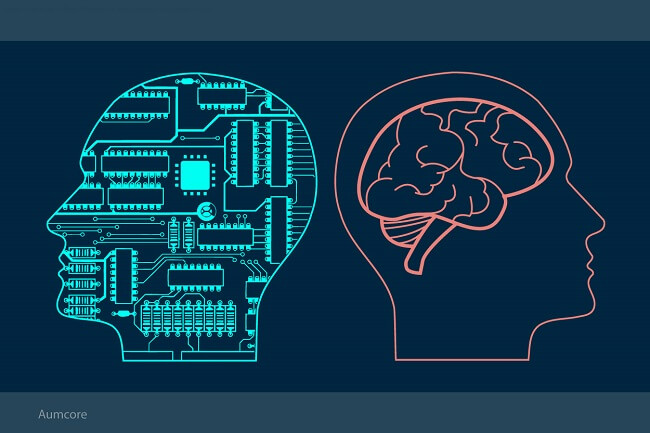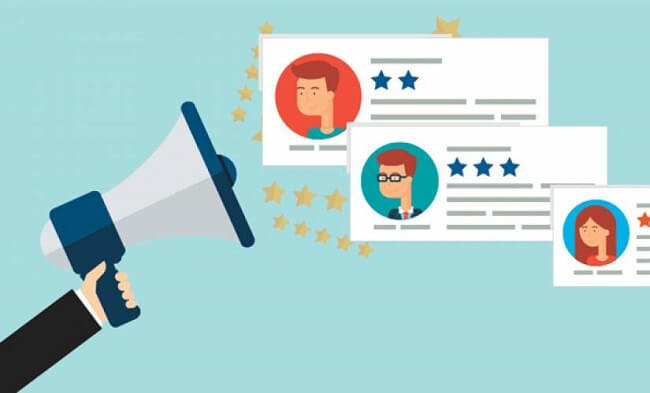Artificial intelligence (AI) — we all know what it is.
After all, whether it’s self-driving cars or robots who talk to each other, we’ve all been hearing about how AI and machine learning are on an upward trend and are leading to advancement after advancement.
The future of AI in marketing holds tremendous potential for transforming the way businesses connect with their audience. AI technologies, such as machine learning and natural language processing, will continue to advance and provide marketers with powerful tools for personalized targeting, customer segmentation, and content optimization.
AI-powered chatbots and virtual assistants will enhance customer experiences by providing instant support and personalized recommendations. Predictive analytics will enable marketers to make data-driven decisions, optimize campaigns, and anticipate customer behavior. AI will also play a crucial role in automating repetitive tasks, freeing up marketers’ time for strategic planning and creativity.
However, ethical considerations around data privacy, transparency, and bias must be addressed to ensure AI is used responsibly and with customer trust in mind.
In other words, AI growing faster than ever before.
AI Growth Statistics You Need to Know for 2023
It’s time to do what all marketers should do: analyze stats and trends to get an idea of what’s to come.
Seeing as how big AI is right now, up today are artificial intelligence stats for 2023, a couple of accompanying images and an artificial intelligence growth chart or two so you can visualize what you read.
Let’s get started!
Future of AI Statistics You Need to See
Interesting AI Statistics
- According to a Gartner report, by 2022, 70% of customer interactions will involve emerging technologies like machine learning, chatbots, and virtual assistants.
- IDC predicts that global spending on AI systems will reach $97.9 billion by 2023, reflecting a compound annual growth rate (CAGR) of 28.4% from 2018 to 2023.
- A study by PwC estimates that AI could contribute up to $15.7 trillion to the global economy by 2030, with the largest gains expected in sectors such as healthcare, automotive, and financial services.
- According to a McKinsey report, AI adoption in sales and marketing could lead to an estimated 5-15% increase in revenue and a 10-20% reduction in marketing costs.
- 61% of marketers consider AI a critical component of their data strategy, and high-performing marketing teams are 2.2 times more likely to use AI in their campaigns.
AI Adoption Statistics
- According to a survey by Gartner, 37% of organizations have implemented AI in some form, representing a 270% increase over the past four years.
- A study by Deloitte found that 64% of surveyed executives reported actively implementing AI technologies to gain a competitive advantage.
- IDC predicts that worldwide spending on AI systems will reach $98 billion in 2023, more than double the amount spent in 2019.
- According to a survey by MIT Sloan Management Review, 81% of enterprises either currently use AI technologies or have AI projects in development.
- PwC reported that AI adoption in business is expected to contribute $15.7 trillion to the global economy by 2030.
Marketing AI Statistics
- According to Salesforce, 84% of marketing leaders believe AI will enable them to gain or sustain a competitive advantage.
- A report by MarketsandMarkets estimates that the global AI in marketing market size is expected to reach $26.3 billion by 2025, growing at a compound annual growth rate (CAGR) of 29.7% from 2020 to 2025.
- In a survey by Statista, 51% of marketers worldwide stated that machine learning and AI were the most important technologies to deliver personalized experiences to their customers.
- According to a study by Forrester, 66% of marketers reported that AI-driven insights helped them make better decisions and improve marketing performance.
- In a survey conducted by Adobe, 46% of marketers stated that AI and machine learning are crucial for helping them personalize customer experiences at scale.
AI Chatbot Statistics
- According to a survey by Oracle, 80% of businesses plan to use chatbots by 2022.
- A study by Grand View Research predicts that the global chatbot market size will reach $1.25 billion by 2025, growing at a compound annual growth rate (CAGR) of 24.3% from 2018 to 2025.
- In a survey conducted by Drift, 55% of respondents reported using chatbots for customer support, while 32% used them for lead generation.
- According to a report by Juniper Research, chatbots are expected to save businesses $8 billion per year, primarily through reduced customer support costs.
- 70% of customer interactions will involve emerging technologies like chatbots, machine learning, and virtual assistants.
Attitudes Toward AI Statistics
- A Pew Research Center survey found that 72% of Americans express concern about the potential impact of AI on job displacement.
- In a survey conducted by Edelman, 54% of respondents globally said they were excited about the potential of AI, while 29% expressed fear.
- According to a survey by Capgemini, 75% of consumers are open to using AI if it enhances their experience, but 63% want more transparency on when AI is being used.
- A study by the Future of Humanity Institute at the University of Oxford found that people generally trust AI more in narrow domains where its capabilities are well-defined, such as voice recognition or spam filters, compared to more complex and consequential tasks.
- The World Economic Forum’s Future of Jobs Report 2020 highlighted that 34% of businesses surveyed believe AI and automation will lead to a net increase in jobs, while 14% expect a decrease.
ChatGPT and the Future of GPT
ChatGPT is an advanced language model developed by OpenAI, based on the GPT-3.5 architecture. It has been designed to generate human-like text and engage in conversations with users.
Regarding the future of GPT (Generative Pre-trained Transformer) models, it is expected that further advancements will continue to be made. OpenAI has been actively working on improving language models, and subsequent iterations beyond GPT-3 have the potential to be even more sophisticated. These future models may exhibit enhanced language understanding, better context comprehension, and increased conversational abilities.
OpenAI has also been focusing on addressing challenges related to biases, ethical considerations, and control of generated text. Strides are being made to make the models more accountable and customizable, allowing users to have more control over the generated content.
Final Thoughts
Artificial intelligence: the present and future.
Not only is it growing faster than ever before, but those who are using it are doing so as well.
Among other things, they’re using it to automate business processes so workflows can run smoother, and to predict outcomes so better results can be achieved.
After everything we covered today, what are you going to use it for?





Tell us your thoughts in the comments